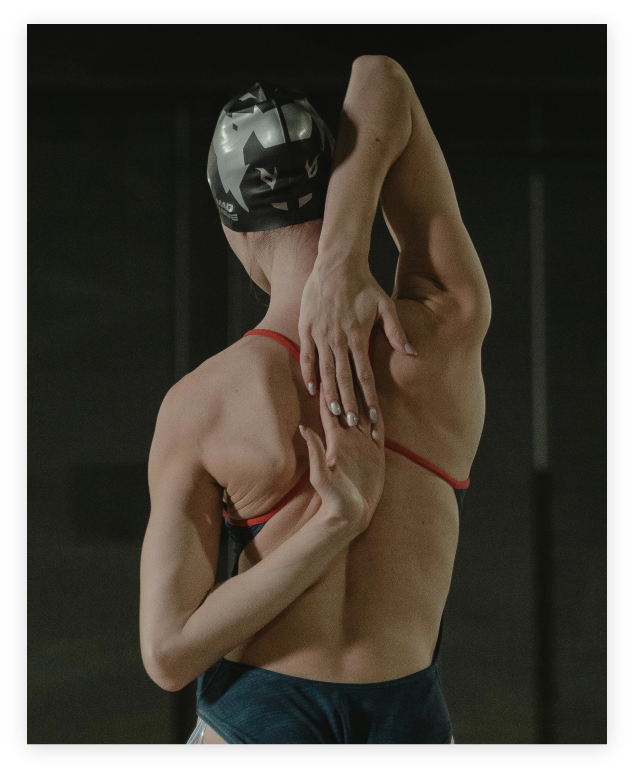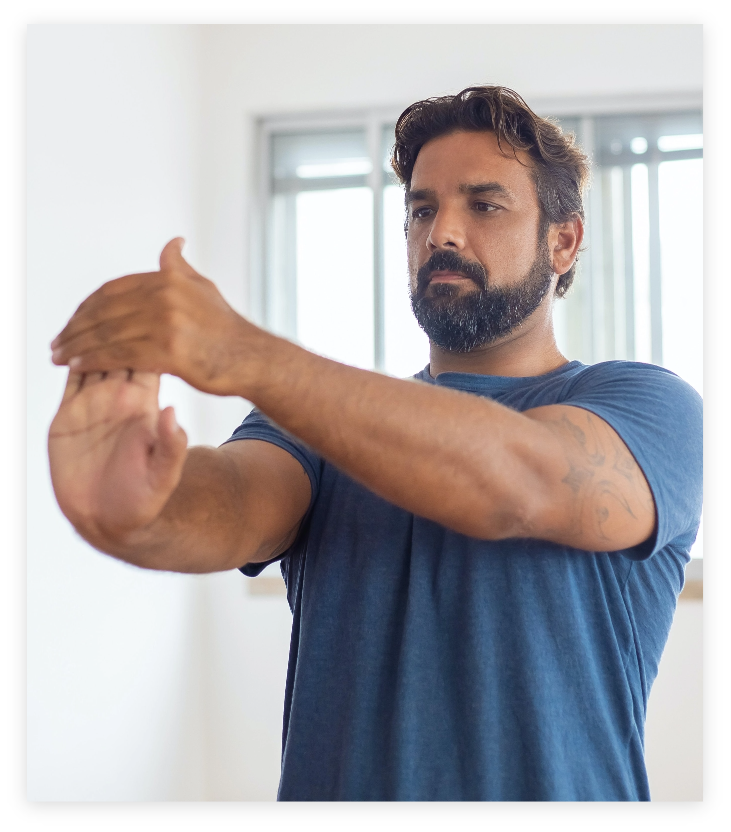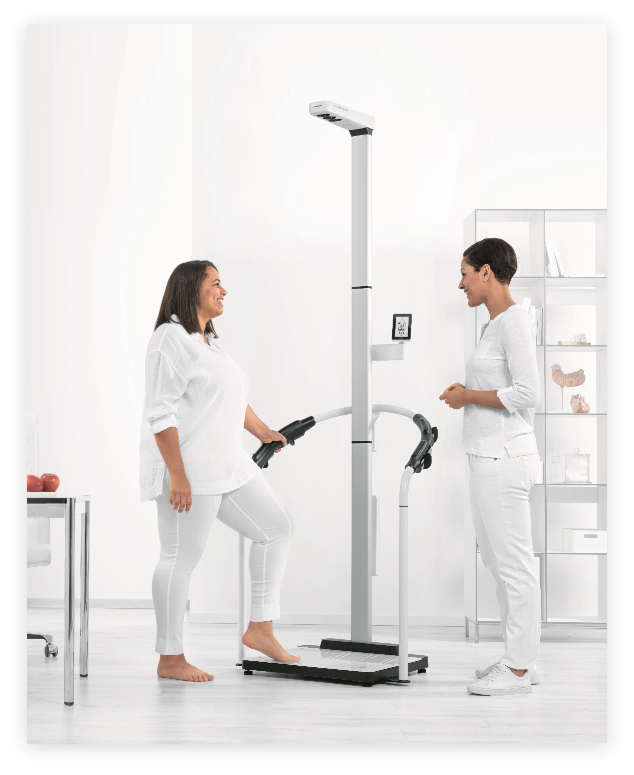

If you are considering artificial disc replacement, it is important to plan for life after the procedure. While recovery is usually faster after artificial disc replacement than recovery after spinal fusion, the process still takes several weeks. In this article, we review the artificial disc replacement recovery timeline, from the surgery to full recovery from ADR surgery.


Artificial Disc Replacement Surgery
To understand recovery after ADR surgery, it is first necessary to understand to steps involved in the artificial disc replacement procedure. Artificial disc replacement surgery is performed under general anesthesia. A small incision is made in the side of the front of the neck for cervical disc replacement and in the side of the belly for lumbar disc replacement. Certain organs, muscles, and blood vessels are carefully moved to the side, and tissue dissection (cutting of structures below the skin) is kept to a minimum. All disc material at the problem level is removed, including any disc material than may be pressing on nerve roots, nerves, or the spine. Spinal bones above and below the newly formed intervertebral space are then prepared to accept the artificial disc device. The spine surgeon then carefully inserts the artificial disc so that it is centered properly along the spinal column and fits firmly within the space. Artificial disc placement is essential for proper function and so that the bones eventually integrate with the artificial disc.


Recovery After
ADR Surgery
The first stage ADR recovery begins as soon as you exit the operating theater. You will awaken in a post-anesthesia recovery unit, or PACU. Once fully awake, you will be transferred to another room for recovery. For cervical disc replacement, this may be a 23-hour, “same-day” recovery room or perhaps a room on a surgical floor in a hospital if you require overnight care. Patients who undergo lumbar disc replacement can usually go home the same day (i.e., outpatient procedure), but a small number of patients may need to spend one night in the hospital as they recover from ADR surgery. During this time, someone will meet with you to show you how to protect your surgical site from stress and strain, and how to safely perform activities of daily living.
Once you are discharged home—remember you will not be able to drive, so make sure you have arranged transportation—you will be responsible for dressing changes. This simply entails removing the current dressing and replacing it with a new sterile dressing. By the second day after ADR surgery, your surgical incision can remain uncovered, but do not submerge the incision in a bath or hot tub for at least two to three weeks.
If you have cervical artificial disc replacement, you usually do not need to wear a cervical collar from the time you are discharged to the time of your first follow-up appointment. You will also receive oral pain medications after the procedure, both opioid and non-opioid medications. While you should not experience much pain or discomfort, it is better to remain pain-free than to stop pain once it starts. We recommend that patients move from opioid medications to non-opioid medications as soon as they can tolerate it.
Your first postoperative follow-up appointment usually occurs at one to two weeks after ADR surgery. If you have any sutures that need to be removed, this is usually when that will happen. Your spine surgeon will check how you are healing, how the surgery initially went, and help you understand the next steps of ADR recovery. Physical therapy may start as early as two weeks after ADR surgery, but more likely, your first physical therapy appointment will be at least four weeks after ADR surgery. Your physical therapy program will start slowly and build in intensity over six to 12 weeks.


How Often Will You Have
Follow Up Appointments
Your first follow-up appointment with your spine surgeon will usually take place two weeks after artificial disc replacement surgery. Assuming all is well at that visit, you will have a second follow-up appointment two weeks later, or at week four after artificial disc replacement surgery. After the week four appointment with your spine surgeon, the time between visits increases. Expect to return to your spine surgeon at three months, six months, and one year after surgery. Even if you feel fine, it is usually best to return once every one to two years just to make sure the artificial disc is performed as it should.
In most cases, physical therapy officially starts once four weeks have elapsed after artificial disc replacement surgery. For lumbar disc surgery, your first involved physical therapy session may not occur until week six. People either have some combination of in-office and at-home physical therapy sessions one to two times per week for four to eight weeks. During this time, you should regain strength, flexibility, and spinal motion.
Artificial Disc Replacement
Recovery Timeline



Wound Care & Infection Prevention
Wound care after artificial disc replacement is usually straightforward. You will likely leave the hospital with a dressing covering your surgical incision. If directed, you may need to change the dressing once or twice over the first one to two days at home after ADR. Dressing changes are an excellent opportunity to check for signs of healing and infection. It is perfectly normal for your surgical wound to be slightly pink, slightly swollen, and to produce a small amount of clear, straw-colored, or light pink fluid. However, if your surgical wound is red, highly swollen, and/or produces a large amount of fluid, especially white or green fluid, it may be infected. Other signs of an infected surgical wound are pain (especially when the wound is touched), warmth, or a bad odor coming from the wound. People with surgical wound infections may run a fever and feel sick, but not always, so do not wait for symptoms of illness to occur before seeking medical attention for a potentially infected wound.
When To Expect
A Full Recovery
It is hard to predict when patients will fully recover from artificial disc replacement surgery. Keep in mind that the spinal bones will continue to grow into the artificial disc, and bone remodeling will occur for several months to several years after surgery, making the union stronger during that time. That said, patients can usually return to certain activities like driving within two weeks of surgery and can return to work within two to six weeks of surgery, depending on whether their job requires physical labor. Full recovery from lumbar disc replacement takes a few weeks longer than cervical disc replacement in most cases. However, most people can expect to return to even vigorous activities by 12 weeks after artificial disc replacement surgery.
Ready to reclaim your life? Get in touch with Dr. Lanman Today.
FOLLOW US ON SOCIAL MEDIA | @ADRSPINE




